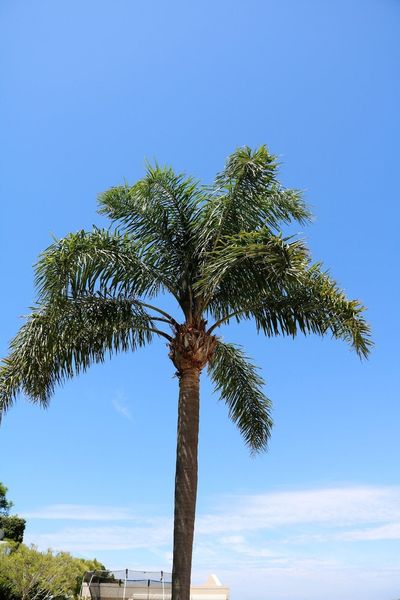Queen Palm Tree Information
Queen palms (Syagrus romanzoffiana) are tall, beautiful trees, but not everyone can grow them. These palms thrive only in U.S Department of Agriculture plant hardiness zones 9b through 11. Queen palm trees grow to 50 feet (15 m.) tall, and their canopies can spread to 25 feet (8 m.). Like many tall palms, the trunk is straight and branchless, but crowned with a canopy of palm leaves. As if the majesty of these palms was not enough to win hearts, queen palm trees also produce large plumes of miniature blossoms in summer. These flowers mature into bright orange fruits by winter.
How to Grow a Queen Palm
Gardeners who live in a warm region may be interested in growing a queen palm. If you want to know how to grow a queen palm, it is easier than you might think. If you are going to grow queen palms from seed, be sure that the seeds are at least half ripe before you use them. Remove the fruit pulp then soak the seeds in water for a few days. Once the soaking period is done, plant the seeds in a well-drained, moist potting soil. Germination can take from six weeks to six months. Keep the seeds in high temperatures during germination. Transplant the seedling into a sunny location. Be sure the soil is acidic and well-draining since this combination minimizes the required queen palm care.
Caring for Queen Palms
Once your queen palm is established, the tree develops rapidly. At this point, you’ll have to undertake essential queen palm care. Queen palms like ample moisture in the soil, so don’t let it fend for itself during dry periods. You should also apply fertilizer regularly. Part of their care also includes keeping all turf a distance from the trunk to prevent decay. Caring for queen palms is much easier if you have planted the tree in an appropriate location with acidic soil. The tree will develop severe mineral deficiencies in alkaline soil, stunting young leaves and potentially killing the tree. You can save a tree planted in alkaline soil, however, if you offer regular applications of manganese and/or iron to keep the tree alive.
